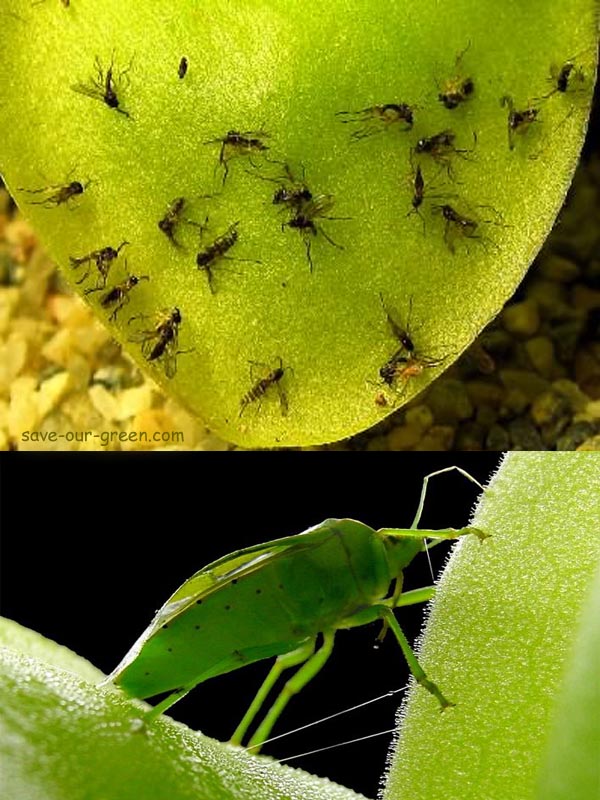It is also resistant to deer and rabbits and can grow in rocky situations way too. This plant is an invasive species in some locations and draws in butterflies. Petunia. Scientific Identify: Petunia. Plant Type: Nightshade Geographic Origin: South The us Plant Dimension: six-eighteen in Solar Exposure: Full Solar Plant Zone: nine to eleven. Petunias are once-a-year bouquets that mature in mound formation. They flower from late spring to drop and stand at 6 to twelve inches tall and 30 to forty inches large. This plant likes sunny spaces and a little bit of shade as nicely as moist, effectively-drained soil.
They can expand in any soil and propagate by seed. Seem out for aphids, slugs, snails, root rot, and mildew. Petunias typically need to have minor routine maintenance but profit from taking away lifeless blooms and the occasional trim. Phlox. Scientific Name: Phlox. Plant Form: Herbaceous perennial Geographic Origin: American Plant Size: two-four ft tall Sun Publicity: Entire Sunshine Plant Zone: 4 to 8. Phlox is a summertime flower that likes the sun and a bit of shade.
It grows properly in chalky, loam, and clay soils and is resistant to deer. Phlox bouquets sort in dense teams, and the plant can stand at a few to four feet high. This plant likes neat air and is desirable to hummingbirds and butterflies. It is pcr rfpl for plant identification food also remarkably resistant to molds and mildew.
Winter place identification why
They glimpse great as single vegetation and in teams. Phlox is self-seeding and has a sweet fragrance. It livens up any backyard garden. Profusion Salvia. Scientific Name: Salvia Salvia Nemorosa. Plant Form: Herbaceous Perennial Geographic Origin: Europe, West-central Asia Plant Size: twenty in substantial Sun Exposure: Whole Solar Plant Zone: 3 to 8. The profusion salvia plant is a aromatic bush that makes tall stalks of white flowers. plant identification charlotte nc It likes comprehensive sunshine and grows a single to two toes significant. It necessitates incredibly minimal maintenance and small water. This plant has a full, bushy glimpse and blooms in the course of the summertime and into slide.

It appeals to hummingbirds, bees, and butterflies and tolerates deer, drought, dry soil, and rocky ground. Profusion salvia is easy to grow and helps to fill out gardens. It really should be minimize back again just after flowering. Sweet Alyssum. Scientific Title: Lobularia Maritima. Plant Kind: Once-a-year Geographic Origin: Southern Europe Plant Size: 2–12 in tall Sunlight Exposure: Whole Solar, Partial Shade Plant Zone: two to 11. Sweet alyssum is a robust plant that can stand up to droughts, dry soil, and arid spots. The overpowering blooms flower from late spring right until winter season frost. While it can set up with a great deal, this plant’s excellent disorders are in chalky, loam, or sandy soil that has very good drainage. It also likes entire and partial sunlight.
It will draw in butterflies and can withstand deer. In some locations, this plant is invasive. Standard shearing and fertilizing assist its progress. Tulip. Scientific Name: Tulipa. Plant Style: Perennials Geographic Origin: Southern Europe to Central Asia Plant Size: 4-28 in superior Sun Exposure: Entire Solar Plant Zone: three to eight. Tulips adore total, direct sunlight and will flower in mid to late spring. They stand at about ten inches tall and have incredibly straight solitary stems. Tulips require tiny outdoors treatment and like chalky, loam, and sandy soils.
They are some of the nicest flowers for preparations and can mature in gardens, pots, and indoors. Plant the bulbs in the drop. Do not eat tulips and enjoy out for allergic reactions. Tulips want dry summers that are not much too warm and chilly winters. Virginia Sweetspire. Scientific Name: Itea Virginica. Plant Style: Deciduous Shrub Geographic Origin: Jap United States Plant Dimension: 8ft Sun Publicity: Complete Solar, Partial Sun, Shade Plant Zone: four to 6. Virginia sweetspire is a one of a kind shrub that makes long tendrils of white flowers. It stands at three to ten toes and just as extensive.

Commenti recenti